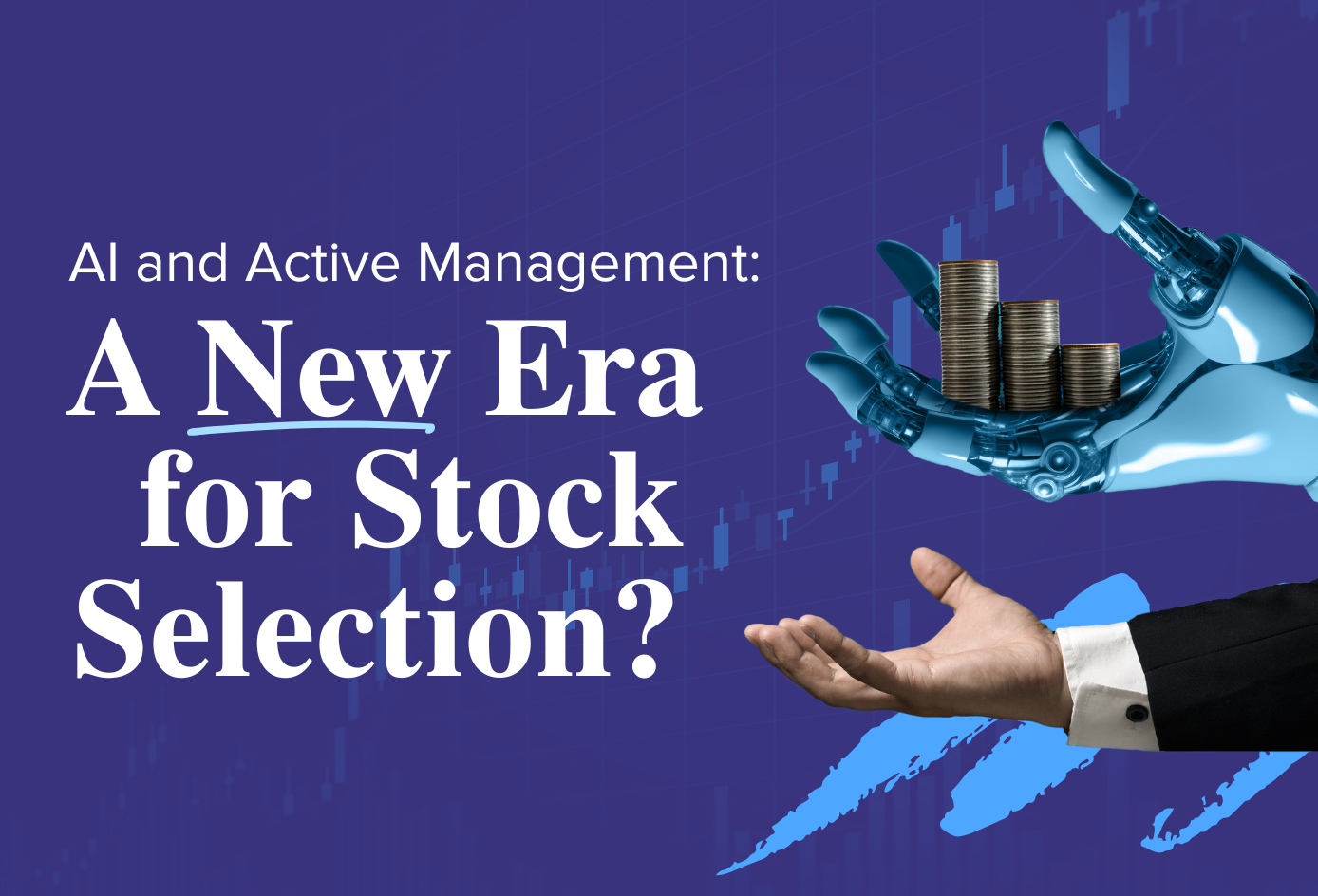One way to turn a myth into accepted wisdom is to keep repeating it. As the late Nobel laureate Daniel Kahneman put it in his book, Thinking Fast and Slow: “Familiarity is not easily distinguished from truth. Authoritarian institutions and marketers have always known this fact.”
Fund industry marketers have certainly known it. Just think of some of the untruths that get repeated in the financial media all the time. “Active funds produce much better returns in equity markets that are less well researched.” (They generally don’t.) “You have to use an active manager if you want to invest in a socially and environmentally sustainable way.” (You don’t.) Or, “Active funds provide downside protection in falling markets.” (Again, not true.)
Another myth that has gained credence through frequent repetition is that bond investors are better off using active funds.
Sure, it’s true that investors are less familiar with fixed-income index funds than they are with equity index funds, and that active funds have a larger share of the bond fund market than the equity fund market. But both things are changing, and for a very good reason.
S&P Dow Jones Indices has for many years kept a scorecard of active fund performance around the world, called SPIVA. (1) Although it’s the poor performance of active managers that is more likely to attract attention, SPIVA has consistently shown that most active bond fund managers underperform most of the time.
Of course, active investing is more exciting than the methodical and pedestrian process of passively tracking a market. But if you’re more interested in higher net returns than a dose of adrenaline, the evidence suggests that the case for using fixed-income index funds could be just as strong as it is for using low-cost equity trackers.
Why didn’t bond trackers gain traction sooner?
S&P DJI recently published a paper called The Hare and the Tortoise: Assessing Passive’s Potential in Bonds (the hare referring to active management, the tortoise to slow-and-steady passive investing). (2) The paper addresses two main questions, the first being, why has it taken so much longer for active bond funds to gain traction?
The main reason, the paper’s authors suggest, is that passive equity funds had a head start on passive bond funds. The first equity index funds were created in the early 1970s, but the first passive bond fund was not introduced until 1986. Similarly, the first ETFs tracking the equity markets were launched in the early 1990s, but the first fixed-income ETFs only appeared in 2002.
For John Rekenthaler, vice president of research for Morningstar, another reason is that active equity managers were the first to become discredited. “By 2010,” he writes, “they were distinctly unpopular, while fixed-income managers Bill Gross and Jeff Gundlach remained investment royalty.”
But, as Rekenthaler points out, active fixed-income managers have become discredited too. “Gross was pushed out of the company he founded, “he writes. “Meanwhile, Gundlach’s flagship fund, DoubleLine Total Return Bond, has reverted to the mean.”
Robin Wigglesworth, the author of Trillions, a top-selling book on the rise of indexing, wrote in the Financial Times that, in his view, there were “solid reasons” why bond index funds were slow to take off. (3) The bond market, he says, is less efficient, which means more opportunities for active managers; and, because bond fund fees are generally lower, cost is a “milder headwind”.
But Wigglesworth admits he is very impressed by the growing popularity of fixed-income index funds. “Passive bond funds have seen cumulative inflows of nearly $2.8tn since the beginning of 2007 Up to the end of October 2023),” he says. “In contrast, active bond funds have only taken in a net $1tn over the same period, after taking a beating in the 2022 bear market. This is astonishing, both in scale and steadiness.”
Will bond trackers match the success of their equity peers?
A second question the S&P DJI paper addresses is, despite its slower start, is passive bond investing destined to become as popular as passive equity investing?
The authors cite two reasons why that may indeed happen. The first is that there are benefits to scale in passive bond investing. To quote the paper: “With an increasing range of low-cost indexed alternatives, the task of comparing active returns to benchmarks becomes easier. And if a passive option to track that index is also possible, the results are also more consequential.”
The second reason given for expecting bond trackers to replicate the success of equity index funds is that outperformance by active managers in fixed income appears to be growing harder. “(Data) suggests that the bond markets are becoming more professionalized,” the authors write. “The evidence points to a declining capital base among the unfortunate, the untrained or the hapless whose underperformance once provided the source of another’s market-beating returns.”
Of course, we have to remember that S&P DJI is not a disinterested party in these matters: it makes its money licensing market indices and therefore, you could argue, has a vested interest in promoting passive bond investing. But, in Wigglesworth’s view, “the reasoning (in the paper) seems solid throughout.”
Rekenthaler also expects the trend towards passive bond investing to continue. “The pattern is clear,” he writes. (4) While active funds have not been universally shunned — in some years, with some groups, the inflows have been positive — they are quickly losing favour. The future lies elsewhere.”
The choice is yours
Of course, it’s not always the tortoise that wins the race. You may also disagree with the authors of the S&P DJI paper that passive bond investing is now at an inflexion point similar to where equities were in 2012 when scale, breadth and acceptance led to an acceleration of inflows into index funds.
But, as an investor, you still have a choice to make. Do you really think you have the skill to identify, in advance, an active bond manager who will outperform in the long run? Or would you rather keep it simple by trusting the wisdom of the market, tuning out the noise and opting to capture bond returns cheaply and efficiently using index funds? You need to have a compelling reason not to take the latter option.
This article is produced by us for Financial Advisers who may choose to share it with their clients. Timeline Planning and Timeline Portfolios do not offer direct-to-consumer products.
Robin Powell is a journalist, author and editor of The Evidence-Based Investor.
References:
- https://www.spglobal.com/spdji/en/research-insights/spiva/
- https://www.spglobal.com/spdji/en/research/article/the-hare-and-the-tortoise-assessing-passive-s-potential-in-bonds/
- https://www.ft.com/content/95f14c0a-ea56-41cf-93d4-da4c03f1a2a6
- https://www.morningstar.com/bonds/best-bond-index-funds-part-2



.png)